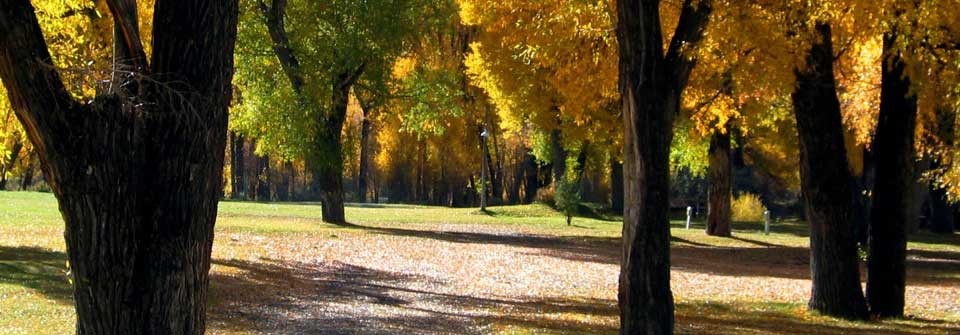Pruning

Pruning Young Trees
Proper pruning is essential in developing a tree with a strong structure and desirable form. Trees that receive the appropriate pruning measures while they are young will require little corrective pruning when they mature.
Keep these few simple principles in mind before pruning a tree:
- Each cut has the potential to change the growth of the tree. Always have a purpose in mind before making a cut.
- Proper technique is essential. Poor pruning can cause damage that lasts for the life of the tree. Learn where and how to make the cuts before picking up the pruning shears.
- Trees do not heal the way people do. When a tree is wounded, it must grow over and compartmentalize the wound. As a result, the wound is contained within the tree forever.
- Small cuts do less damage to the tree than large cuts. For that reason, proper pruning (training) of young trees is critical. Waiting to prune a tree until it is mature can create the need for large cuts that the tree cannot easily close.
Making The Cut
Where you make a pruning cut is critical to a tree’s response in growth and wound closure. Make pruning cuts just outside the branch collar. Because the branch collar contains trunk or parent branch tissues, the tree will be damaged unnecessarily if you remove or damage it. In fact, if the cut is large, the tree may suffer permanent internal decay from an improper pruning cut.
If a permanent branch is to be shortened, cut it back to a lateral branch or bud. Internodal cuts, or cuts made between buds or branches, may lead to stem decay, sprout production, and misdirected growth.
Pruning Tools
When pruning trees, it is important to have the right tool for the job. For small trees, most of the cuts can be made with hand pruning shears (secateurs). The scissor-type, or bypass blade hand pruners, are preferred over the anvil type. They make cleaner, more accurate cuts. Cuts larger than one-half inch in diameter should be made with lopping shears or a pruning saw.
Never use hedge shears to prune a tree. Whatever tool you use, make sure it is kept clean and sharp.



